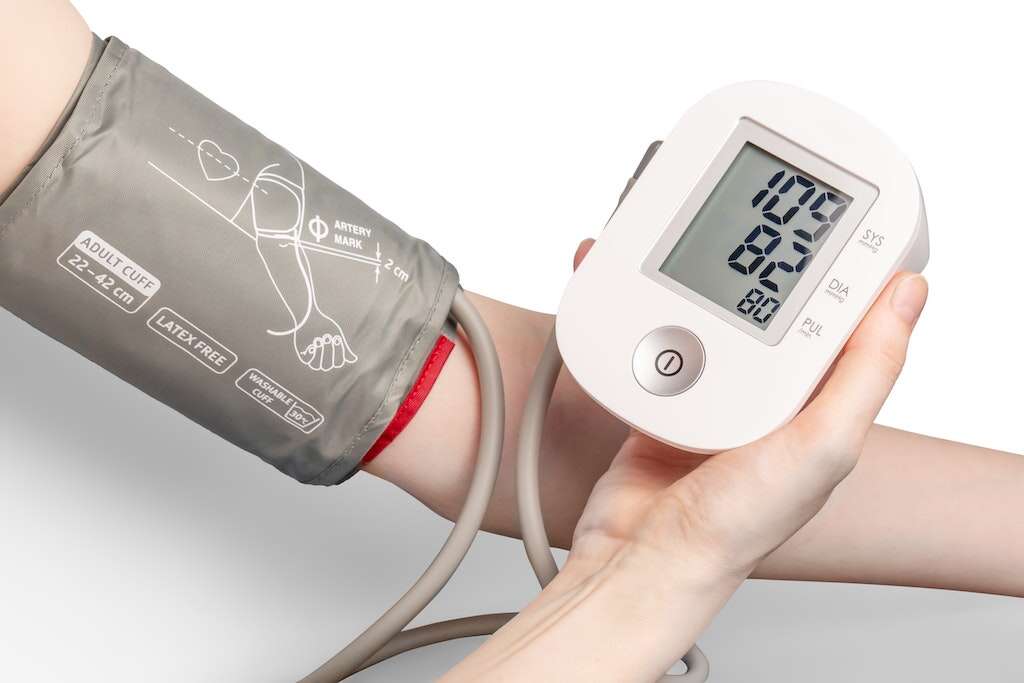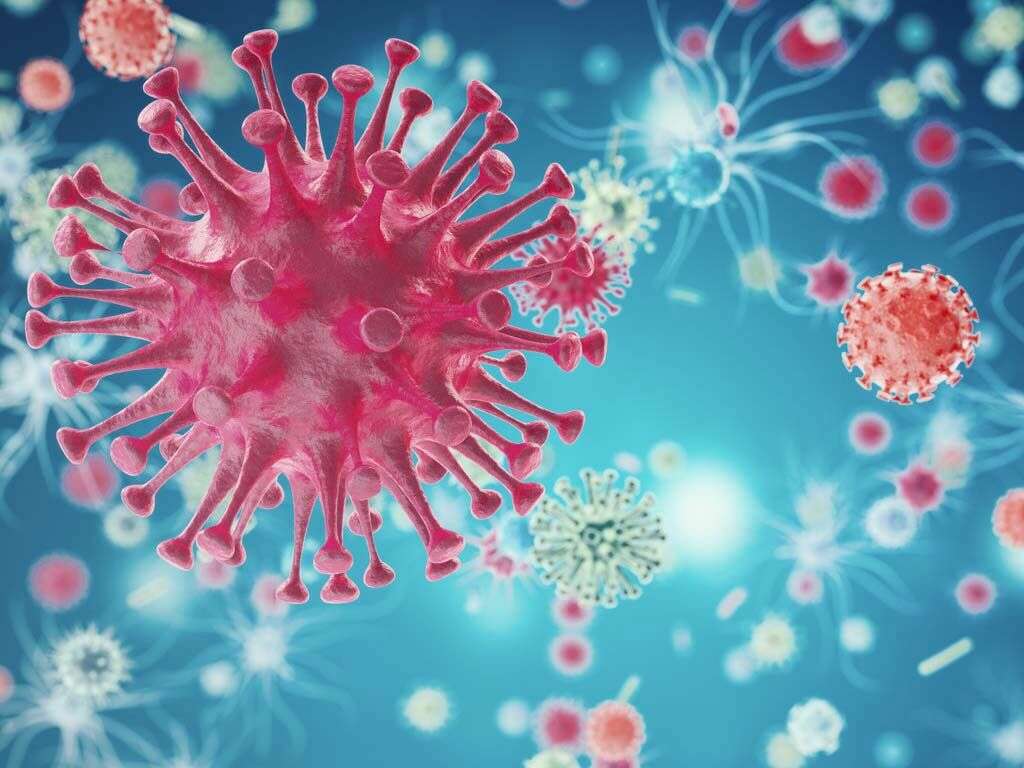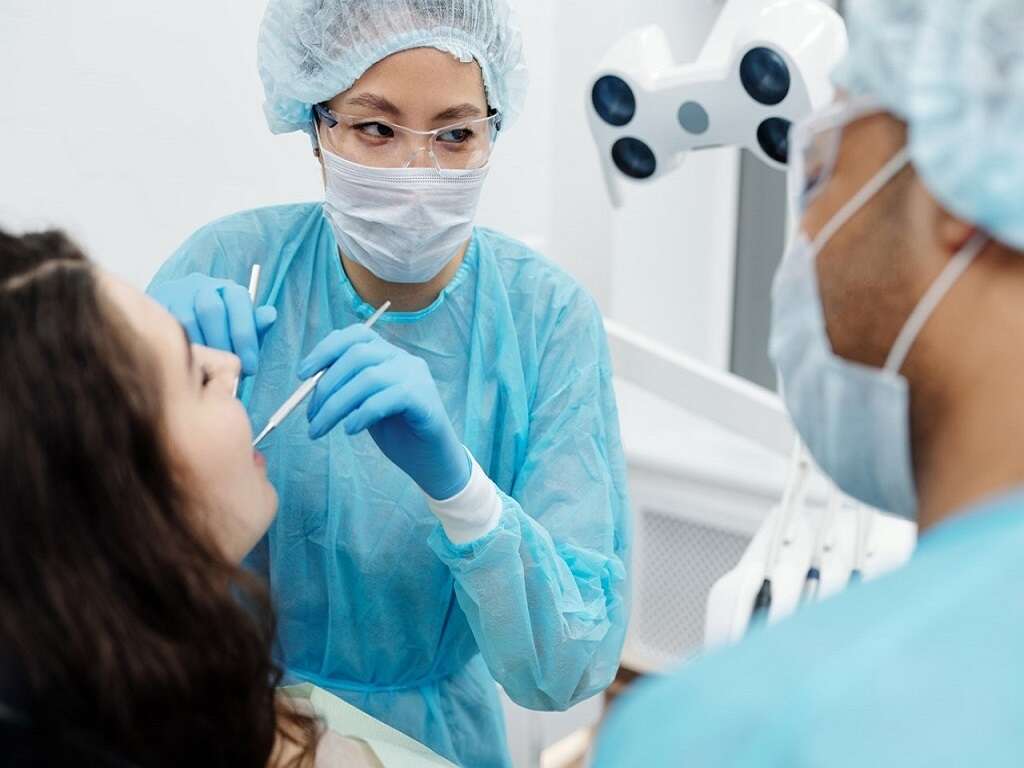10 Candida Symptoms
 Article Sources
Article Sources
- 1. Publishing, Harvard Health. 'Candidiasis.' Harvard Health, www.health.harvard.edu/a/to/z/candidiasis-a-to-z
- 2. 'Yeast Infection (Vaginal).' Mayo Clinic, www.mayoclinic.org/diseases-conditions/yeast-infection/symptoms-causes/syc-20378999
- 3. 'Candida Infections of the Mouth, Throat, and Esophagus.' Centers for Disease Control and Prevention, www.cdc.gov/fungal/diseases/candidiasis/thrush/index.html
- 4. Kinsman, O S, and K Pitblado. 'Candida Albicans Gastrointestinal Colonization and Invasion in the Mouse: Effect of Antibacterial Dosing, Antifungal Therapy and Immunosuppression.' Mycoses, U.S. National Library of Medicine, Dec. 1989, www.ncbi.nlm.nih.gov/pubmed/2695843
- 5. 'Candidiasis.' NORD (National Organization for Rare Disorders), rarediseases.org/rare-diseases/candidiasis
- 6. 'Yeast Infection.' Johns Hopkins Medicine, www.hopkinsmedicine.org/health/conditions-and-diseases/candidiasis-yeast-infection
- 7. Swarajyalakshmi, M., and G. Jyothilakshmi. 'Candida Kefyr in Invasive Paranasal Sinusitis.' Pubmed, www.ncbi.nlm.nih.gov/pubmed/24533420
- 8. 'Systemic Candidiasis.' Genetic and Rare Diseases Information Center, U.S. Department of Health and Human Services, rarediseases.info.nih.gov/diseases/1076/systemic-candidiasis
- 9. Westerberg, Dyanne P., and Michael J. Voyack. 'Onychomycosis: Current Trends in Diagnosis and Treatment.' American Family Physician, 1 Dec. 2013, www.aafp.org/afp/2013/1201/p762.html
- 10. SI;, Klotz SA;Penn CC;Negvesky GJ;Butrus. 'Fungal and Parasitic Infections of the Eye.' Clinical Microbiology Reviews, U.S. National Library of Medicine, pubmed.ncbi.nlm.nih.gov/11023963/
- 11. Achkar, Jacqueline M., and Bettina C. Fries. 'Candida Infections of the Genitourinary Tract.' Clinical Microbiology Reviews, American Society for Microbiology Journals, 1 Apr. 2010, cmr.asm.org/content/23/2/253
- 12. Candida Arthritis.' Candida Arthritis - an Overview | ScienceDirect Topics, www.sciencedirect.com/topics/medicine-and-dentistry/candida-arthritis
Candida is a common type of fungus found almost everywhere in the general environment. It also colonizes human skin and grows within the mouth, throat, vagina and digestive tract. These fungi are normally harmless. However, some candida species can overgrow and cause an infection called candidiasis.
The immune system and normal balance of bacteria limit candida growth. Candida infections, commonly known as yeast infections, occur when candida grows out of control. This can happen if something, such as antibiotics or other medications, alters the native microbiota. Illnesses that weaken the immune system can also allow candida overgrowth.
Skin Infections
Superficial skin infections are commonly related to candida overgrowth and can cause a wide range of symptoms. Mild infections may appear as white, light brown or red patches of dry, scaly skin on the arms, legs, back and trunk.6‘Yeast Infection.’ Johns Hopkins Medicine, www.hopkinsmedicine.org/health/conditions-and-diseases/candidiasis-yeast-infection
Some infections cause well-defined, red-rimmed skin lesions of various shapes and sizes. Small red pustules may occur in skin folds, such as the underarms, underneath breasts, between fingers and toes and around the groin.5‘Candidiasis.’ NORD (National Organization for Rare Disorders), rarediseases.org/rare-diseases/candidiasis Skin folds may also develop a red, moist and irritated rash with an unpleasant odor.6‘Yeast Infection.’ Johns Hopkins Medicine, www.hopkinsmedicine.org/health/conditions-and-diseases/candidiasis-yeast-infection
Yeast Infections
Vaginal yeast infections are also common manifestations of candida overgrowth. Symptoms include burning and pain during urination, itching, swelling and thick, white vaginal discharge.2‘Yeast Infection (Vaginal).’ Mayo Clinic, www.mayoclinic.org/diseases-conditions/yeast-infection/symptoms-causes/syc-20378999 Some people develop a rash and generalized soreness in the vaginal area.
Approximately 75 percent of women experience at least one yeast infection during their lives, and nearly 45 percent of women experience several infections. Men with yeast infections may develop a rash on the genitals or watery discharge from the penis.1Publishing, Harvard Health. ‘Candidiasis.’ Harvard Health, www.health.harvard.edu/a/to/z/candidiasis-a-to-z

Thrush
Thrush is an overgrowth of candida in the mouth and throat. Severe infection can spread to the esophagus. White patches resembling small curds develop inside the mouth, especially on the inner cheeks, tongue, throat and roof of the mouth.
Affected areas are swollen, red and irritated underneath the white growths. Corners of the mouth commonly become red, irritated and cracked. People with thrush may feel like their mouths are filled with cotton and can experience pain while eating or swallowing.3‘Candida Infections of the Mouth, Throat, and Esophagus.’ Centers for Disease Control and Prevention, www.cdc.gov/fungal/diseases/candidiasis/thrush/index.html
Leaky Gut Syndrome
Yeast overgrowth in the gut may damage the intestinal lining, letting small food particles enter the bloodstream. This condition is also called leaky gut syndrome, and more research is needed to better understand it. Symptoms include bloating, gas, constipation, diarrhea and stomach cramps.
Sometimes, symptoms are accompanied by cravings for sugary foods with high carbohydrate content. The immune system reacts to food particles in the bloodstream as if they're harmful foreign substances. This reaction causes inflammation and food sensitivities that can provoke gastrointestinal symptoms.4Kinsman, O S, and K Pitblado. ‘Candida Albicans Gastrointestinal Colonization and Invasion in the Mouse: Effect of Antibacterial Dosing, Antifungal Therapy and Immunosuppression.’ Mycoses, U.S. National Library of Medicine, Dec. 1989, www.ncbi.nlm.nih.gov/pubmed/2695843

Sinusitis
Sinusitis is frequently associated with bacteria or allergies, but candida overgrowth can also cause sinus infections. Typical symptoms of noninvasive candida sinusitis include congestion, a runny nose, postnasal drip, fever, facial pain and pressure and an altered sense of smell.
Mucus may be thicker than normal and have a foul taste and odor. Invasive candida infections may cause solid masses in the sinus cavities and even bone and tissue destruction if the infection isn't treated.7Swarajyalakshmi, M., and G. Jyothilakshmi. ‘Candida Kefyr in Invasive Paranasal Sinusitis.’ Pubmed, www.ncbi.nlm.nih.gov/pubmed/24533420
Nail Infection
Fingers and toenails affected by candida infection result in a condition called onychomycosis.9Westerberg, Dyanne P., and Michael J. Voyack. ‘Onychomycosis: Current Trends in Diagnosis and Treatment.’ American Family Physician, 1 Dec. 2013, www.aafp.org/afp/2013/1201/p762.html Infection usually starts with red, swollen cuticles and tender nail beds. Nails may become thin and brittle with flaky or pitted white surfaces that crumble, break or split easily.
An ongoing fungal infection may cause thick nails with brown, yellow or white discoloration. Debris may build up underneath nails, and the nail itself can lift and detach from the nail bed.

Candida Arthritis
Candida arthritis occurs when candida microorganisms enter joints.12Candida Arthritis.’ Candida Arthritis - an Overview | ScienceDirect Topics, www.sciencedirect.com/topics/medicine-and-dentistry/candida-arthritis This can happen after an injury, a systemic infection or an invasive medical procedure, although fungal arthritis rarely affects people with healthy immune systems. Knees and hips are the most commonly affected joints.
Symptoms include inflammation, stiffness, pain, swelling, warmth, redness and lost or limited range of motion. The first symptoms can occur weeks or months after the initial infection, and the joint may be permanently damaged without prompt treatment.
Urinary Tract Infection
Sometimes yeast infections can lead to infection of the bladder and urinary tract.[[11] The condition occurs more frequently in women or people with indwelling catheters. Symptoms include burning or pain during urination, frequent urination and urgency.
Infections that progress to the kidneys can cause lower back pain, fever, high blood pressure, blood in urine and decreased kidney function. In severe cases, fungus balls can obstruct urine and potentially damage kidneys.

Eye Infections
Candida infection in the eyes is rare, but it can happen after an eye injury. Microorganisms can also be transferred to the eyes from contact lenses or contaminated eye drops or medications.
Symptoms include sensitivity to light, blurred vision, loss of night vision, tearing, white or yellow discharge from the eye, swollen eyelids and eye pain.10SI;, Klotz SA;Penn CC;Negvesky GJ;Butrus. ‘Fungal and Parasitic Infections of the Eye.’ Clinical Microbiology Reviews, U.S. National Library of Medicine, pubmed.ncbi.nlm.nih.gov/11023963/ Pain may be sudden and severe or start out as mild irritation and feel like something is stuck in the eye.
Systemic Candidemia
Systemic candidemia is a potentially fatal infection caused by candida in the bloodstream. Common symptoms are fever and chills that don't respond to antibiotic treatment and septic shock characterized by low blood pressure, rapid breathing and an elevated heart rate.
Other symptoms are determined by the location of the infection, which may affect the heart, abdomen, kidneys, liver, spleen, eyes, joints or bones.8‘Systemic Candidiasis.’ Genetic and Rare Diseases Information Center, U.S. Department of Health and Human Services, rarediseases.info.nih.gov/diseases/1076/systemic-candidiasis Candidemia isn't a common condition and occurs mostly in hospitalized patients with compromised immune systems or underlying conditions.










